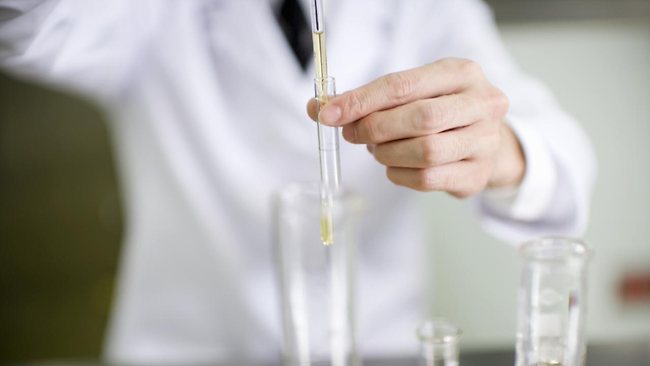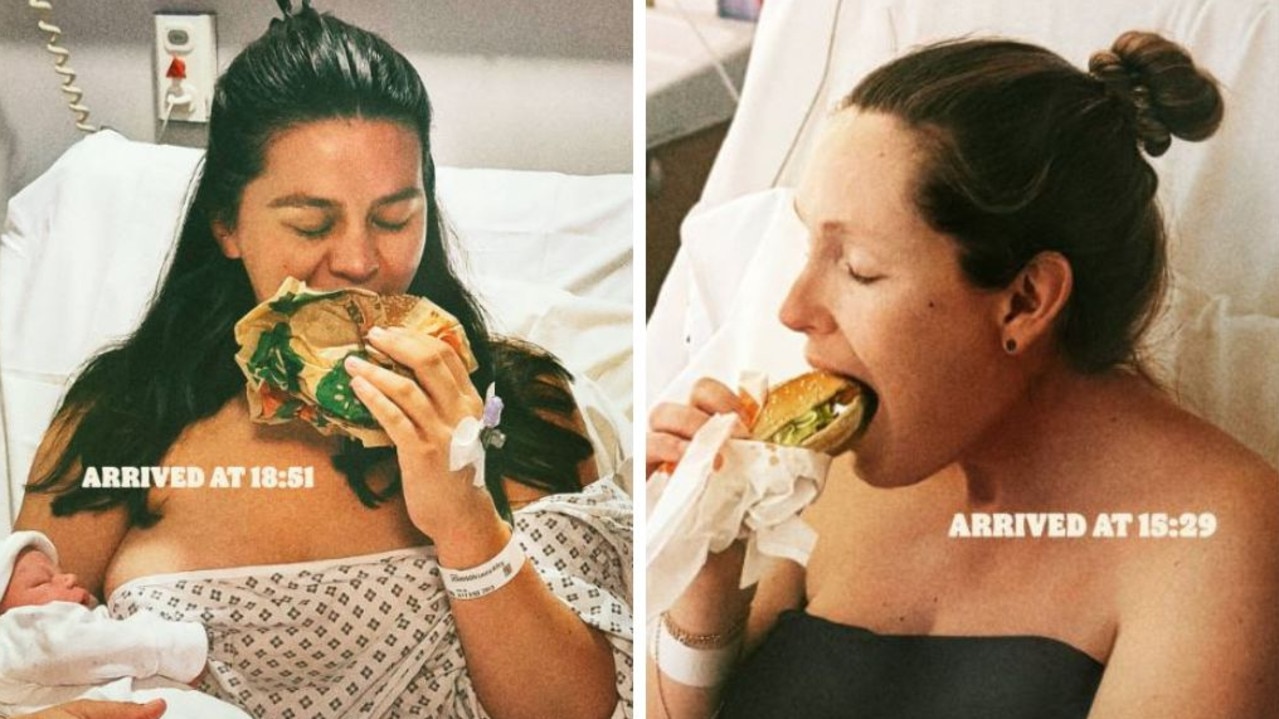Cerebral palsy breakthrough gives new hope
CORD blood could be pumped back into newborns starved of oxygen during traumatic births to save them from brain injuries.

CORD blood could be pumped back into newborns starved of oxygen during traumatic births to save them from brain injuries.
Melbourne researchers have been able to stop and even reverse severe brain damage in baby lambs as they try to combat cerebral palsy, which affects more than two in every 1000 births.
A team from the Monash Institute of Medical Research is expanding its cord blood studies over the next year to try to discover which cells containing the blood are responsible for the improvements.
The institute is also planning a human trial with Monash Medical Centre and biotech company Cell Care Australia next year.
Dr Suzanne Miller said cells in cord blood appeared able to stop swelling in babies' brains after a problem birth, and then reverse much of the damage.
"After 48 hours, we can show significant improvements, and we would expect that over time, these improvements would progress even further," she said.
"Our theory would be to take cord blood and then give them the cells that we know will reverse or prevent the progression of parts of the injury as it is going to occur.
"Some cell types might have a repair property, whereas others will prevent progression of injury in the very early hours after birth."
The research will attempt to pinpoint cells in cord blood that have anti-inflammatory properties, which can prevent some of the damage occurring, as well as those that have repair properties.
The team will also continue animal trials to determine the best time to administer the different cells in order to help fragile newborns the most.
Seven of eight sheep with severe brain damage treated in the most recent trial had significantly increased brain activity after receiving cord blood 12 hours after their birth. MRI scans showed an average improvement in brain function of about 25 per cent after 24 hours.
In one instance, a lamb born with extreme disabilities and unable to stand or feed properly was able to get up and run around, seemingly unaffected, after receiving the treatments.
The only current treatment for oxygen-starved newborns is cooling them straight after birth. But the technique may only be effective in preventing one in nine cases of cerebral palsy.



